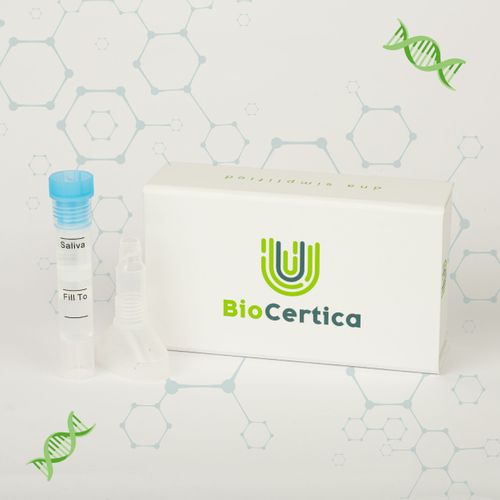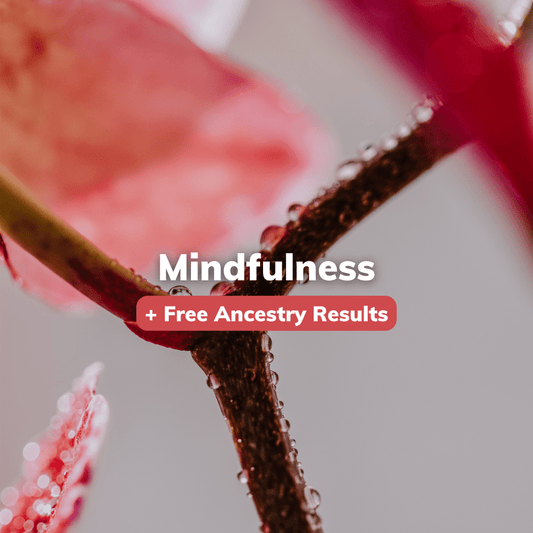
How do we select SNPs for our reports?
BioCertica Content TeamWritten by: Nermin Đuzić, M.Sc. in Genetics, Content Specialist
At BioCertica, we perform a wide variety of genetic tests. By ordering our kits, you can gain more information regarding your:
- Ancestry
- Lifestyle
- Nutrition and Well-being
- Weight Management
- Fitness
- Cardiovascular Health
- Mental Health
- Skin Care
-
Traits
As mentioned in the article about genotyping, at BioCertica, we employ high-throughput genotyping technology to analyze your DNA. We rely on an assay that allows genotyping of up to 800 thousand SNPs (single nucleotide polymorphisms). Moreover, we have implemented a genotype imputation protocol that enables us to impute additional millions of SNPs from the current 800 thousand SNPs for every user. These imputed SNPs are used for ancestry and polygenic risk score estimation, which will be introduced soon.
If you look at any of our DNA tests, you will see several traits we test for (vitamin and mineral levels, blood pressure, etc.). You may ask now, how do we choose and select traits to test for in our DNA tests? Moreover, how do we select SNPs for our reports?
Remember when we talked about SNPs and how they relate to traits we inherit or diseases we develop? We mentioned that single nucleotide polymorphisms we carry as genetic variants may affect how our traits are manifested. Moreover, they may tell if we are predisposed to a greater risk of developing certain conditions. Single nucleotide polymorphisms carry useful information on what we want to analyze. How do we choose them?
Well, we look at available genetic variants and their confirmed associations to diseases or traits available at public databases like Polygenic Score (PGS) Catalog and GWAS Catalog as well as other relevant genetic databases on NCBI.
All the traits we include in our reports adhere to the strict quality protocol they have to pass, ensuring that the information we provide you is accurate and up to date according to the latest scientific research.
Below are the main steps in finding, evaluating, and selecting new single nucleotide polymorphisms.
- The very first step is to search for traits in the mentioned databases.
- We extract the list of SNPs from these two sources with corresponding metadata: scoring files, effect allele, and p-value (statistical number telling how strong is the association between the SNP and the given trait), as well as other available information.
- The next step is to filter SNPs. This is a process composed of several filtering steps.
- We keep only those SNPs listed in the official Affymetrix PMDA list of SNPs or among the SNPs we impute
- Also, we remove all SNPs that do not have reported effect alleles.
- We sort and select SNPs based on the corresponding p-value.
- Step 4 is to select biallelic unambiguous SNPs.
- The final step is to determine the effect of the remaining SNPs (advantageous, normal, disadvantageous) in correspondence to our list of products and their description and prepare the final information to be added to the system.
Now that you understand the procedure of selecting SNPs, let’s explain how genomics reports are generated. More about that in our next article.



